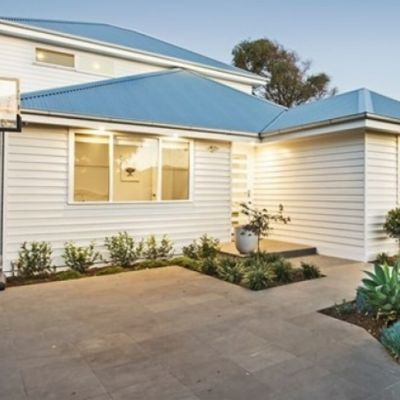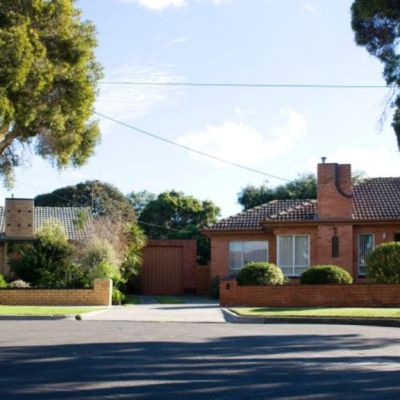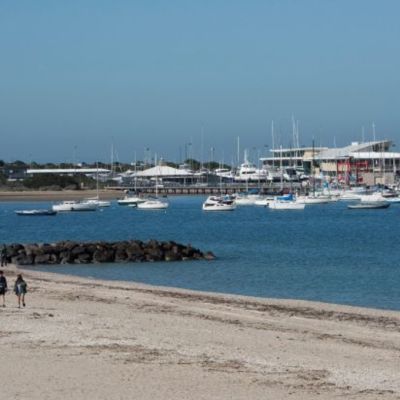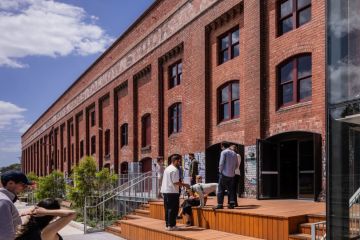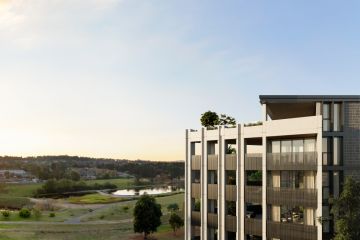House prices surge in Hampton, Highett for former Housing Commission properties
The vendor’s opening bid on a two bedroom, red brick Hampton ex-Housing Commission house — that, although empty, was redolent with the aroma of probably 60 years of occupation — was $1.6 million.
Despite the Hodges Sandringham auctioneer stalking the pavement and spruiking that one more decent bid might secure it, nobody blinked. Last Saturday’s show stalled and after the ostensible final call, the neighbours and non-bidders scattered.
Except, obviously, for one after-auction buyer who quietly paid $1,695,000 for a virtually unaltered basic building that began as a low-cost public housing rental for some family of straightened circumstances in the post-war era.
For the family that subsequently bought it from the commission during their 40 year occupation, the realisation figure of a shade under $1.7 million represented an impressive financial trajectory and, as Ange Sarailis of Hodges agrees, “was quite an expensive piece of dirt”.
But that extraordinary gain has been happening in Hampton for years as the Department of Housing drip feeds outmoded little houses onto the land-hungry market, or as those who bought them for a song decide to move.
As the spill-over market from Brighton, Hampton has overtaken Sandringham as the bayside’s other aspirational address. And it’s mainly, says Sarailis, developer-driven. On a 765-square metre block like this, with council permission, three townhouses might be possible.
Otherwise, a developer or someone looking for a statement architectural house might be happy to build for an outlay somewhere north of $600,000, plus the pricey land, of course.
In the late 1940s and early ’50s, Hampton and Highett were outer suburbs and the Housing Commission was frantically building stand-alone public houses, small clusters of duplexes and flats right around the metropolis in suburbs such as Glenroy, Ascot Vale, Heidelberg, Reservoir, Preston and Ashwood.
If they’re detached, these well-built little hardwood and brick homes are on big blocks and that’s the appeal, which, in the southern suburbs, is now logically spilling over into Highett and the renamed Hampton East, which Sarailis says used to be rough-as-guts Moorabbin West.
“Hampton East has risen the most of all,” he tells. “Thirty percent in three years!”
If the address is true Highett, the price, according to Buxton‘s Paul Sibley, is $200,000 less than true Hampton. But in the good streets of once daggy, semi-industrial Highett, he says, a good house can cost $1.4 million. “The whole suburb is rising.”
This is evident in the cafes in the shopping strips where a retro yet witty bubble and squeak dish is on one menu, and in the suddenly hip little shopping strip in Spring Road known as “Little Highett Village”. Here, hairdresser Jayne has worked for 20 years and watched her old clients fade away in a generational replacement that is bringing in young families.
Her client on a recent Saturday was new resident Simon Hicks who, with his wife, had moved from Port Melbourne to a ’50s Highett weatherboard “bought at auction for seven figures in December”. It came into their possession in January, three weeks before the birth of their twins.
Hicks was really looking for something in Mentone or Cheltenham, but was outbid at several auctions “before getting lucky with the Highett buy”.
“I’m very pleasantly surprised by Highett,” he says. “It’s got plenty of little cafes and a few bars and interesting shops.”
With multiple sales each weekend, the next logical spill-over from true Highett is over to what Buxton agent Adam Gillon calls “non-beachside Highett”: the area of Highett on the other side of Nepean Highway.
This weekend, he has a three bedroom commission-style house at 3 The Crescent up for auction with an estimated price between $1.1 million and $1,175,000.
The appeal of the suburban seepage in the south-east shows no sign of stalling. Sarailis reckons Highett particularly “has some way to run”.
The appeal, according to Gillon, “is that Highett feels like that early Elwood groovy. Even people from Brighton come over to go to the restaurants. And one has become so popular they’ve just started a VIP parking scheme”.
We recommend
We thought you might like
States
Capital Cities
Capital Cities - Rentals
Popular Areas
Allhomes
More
